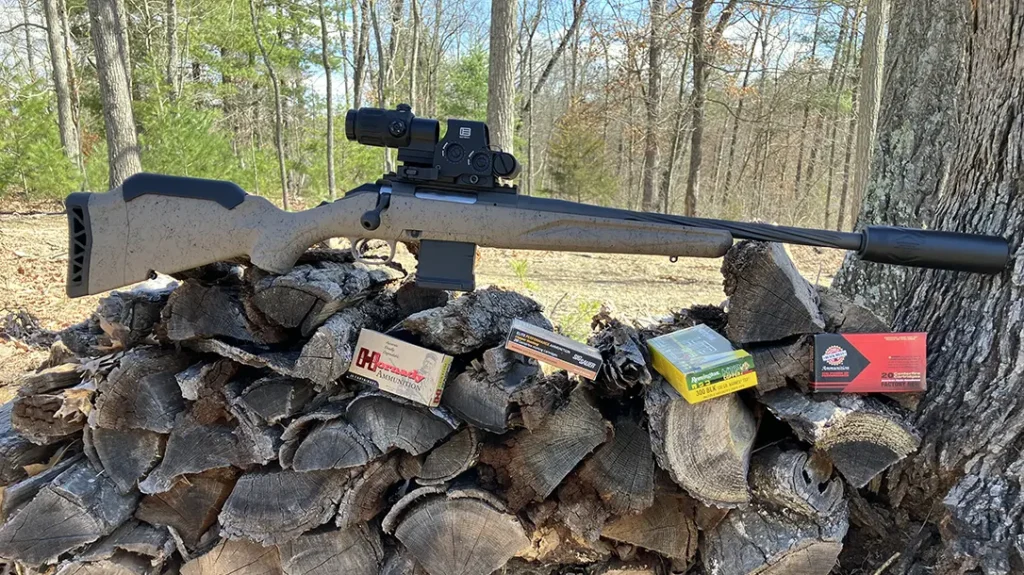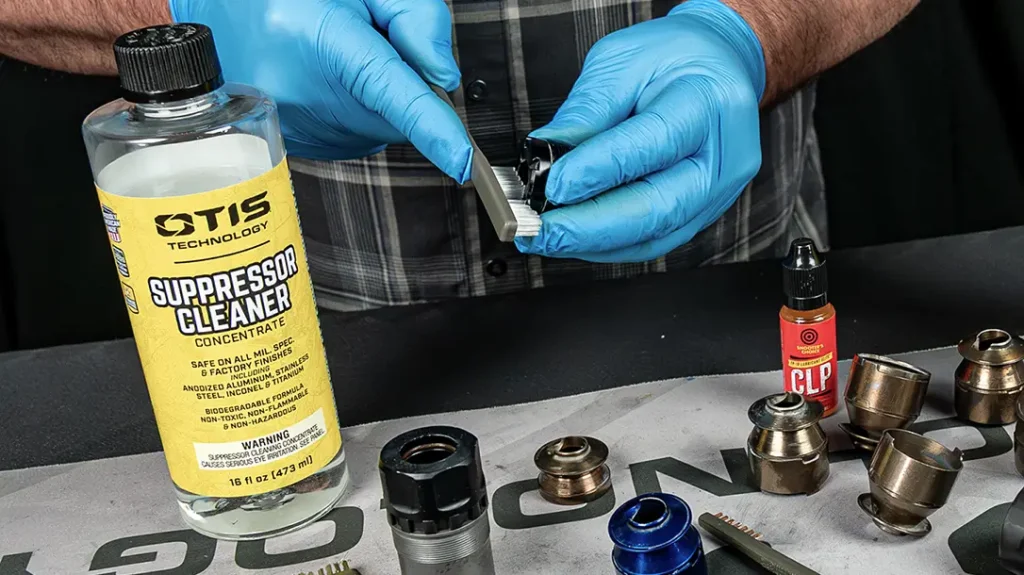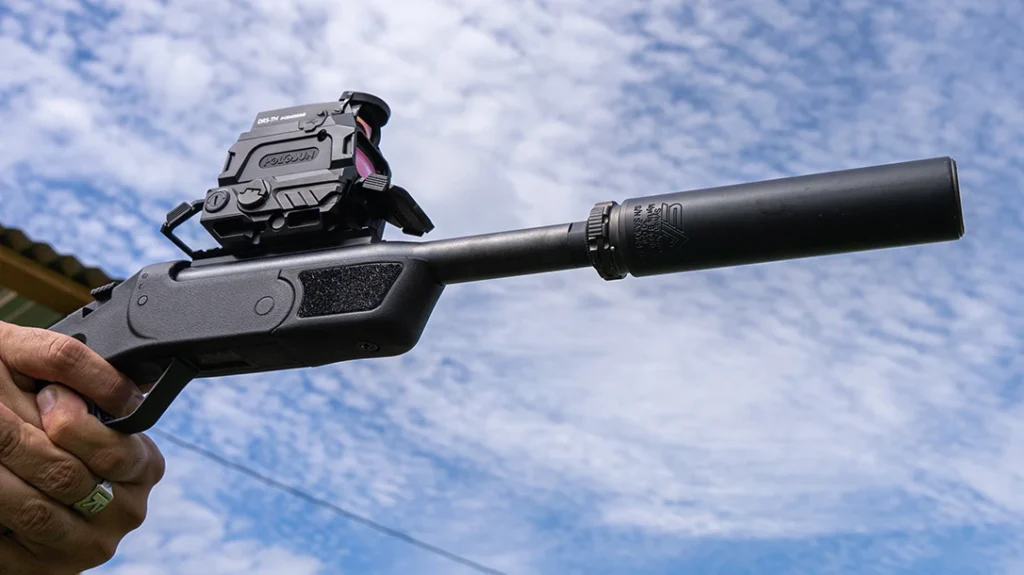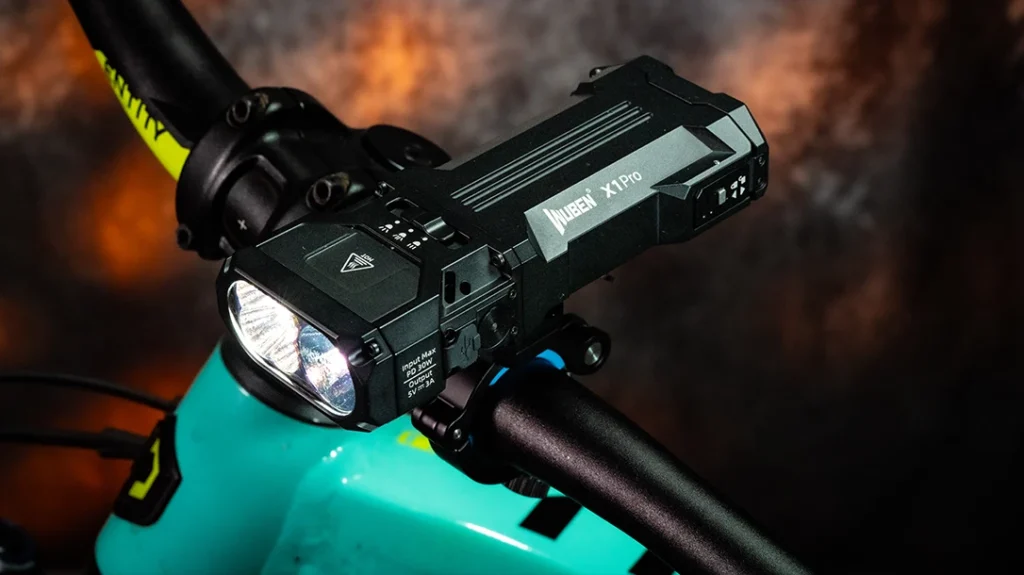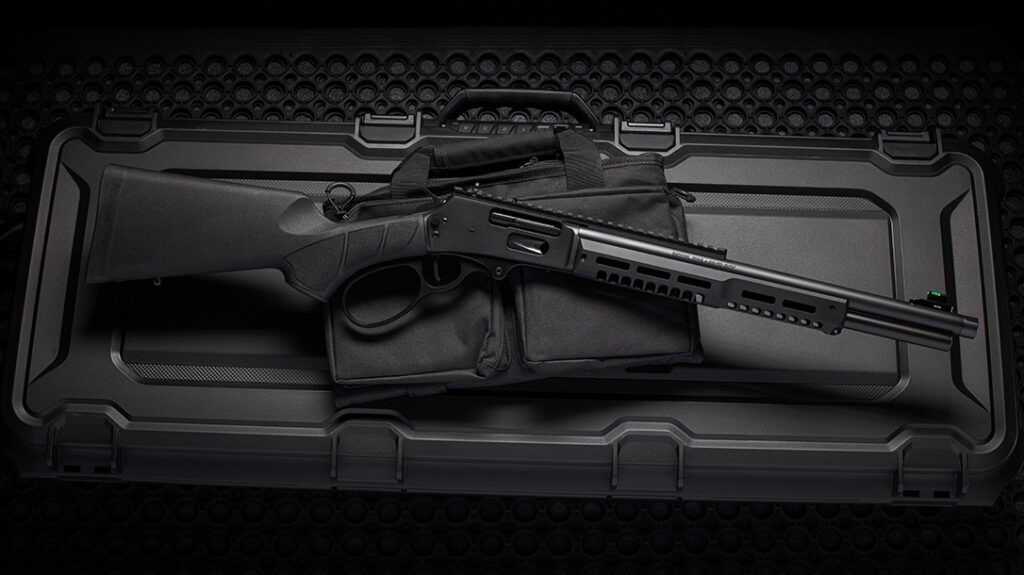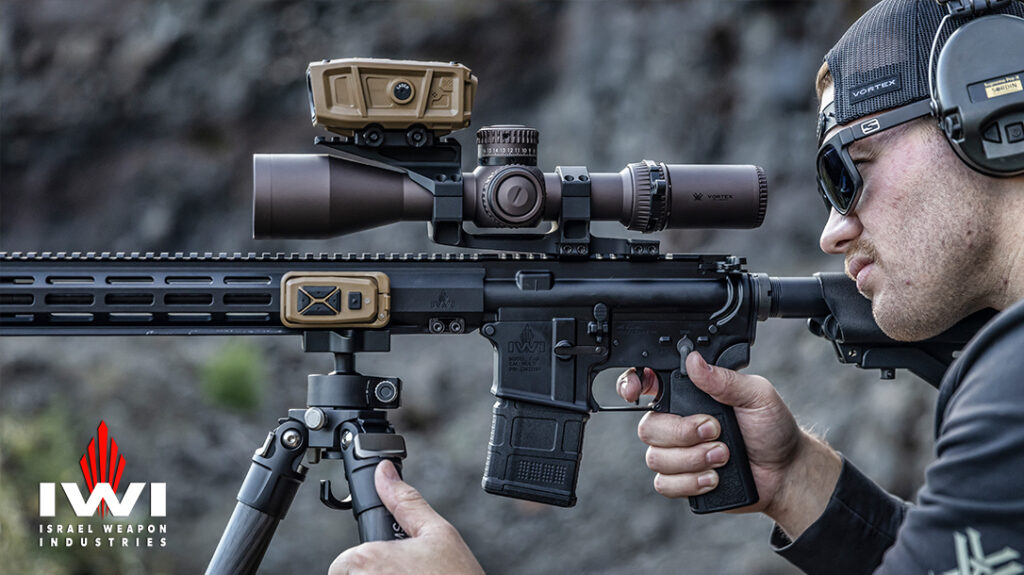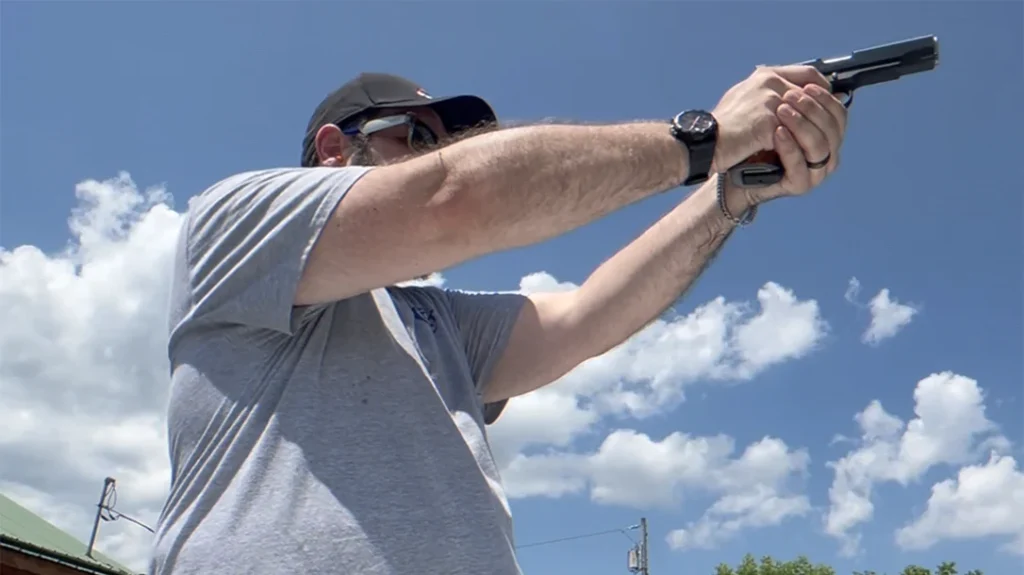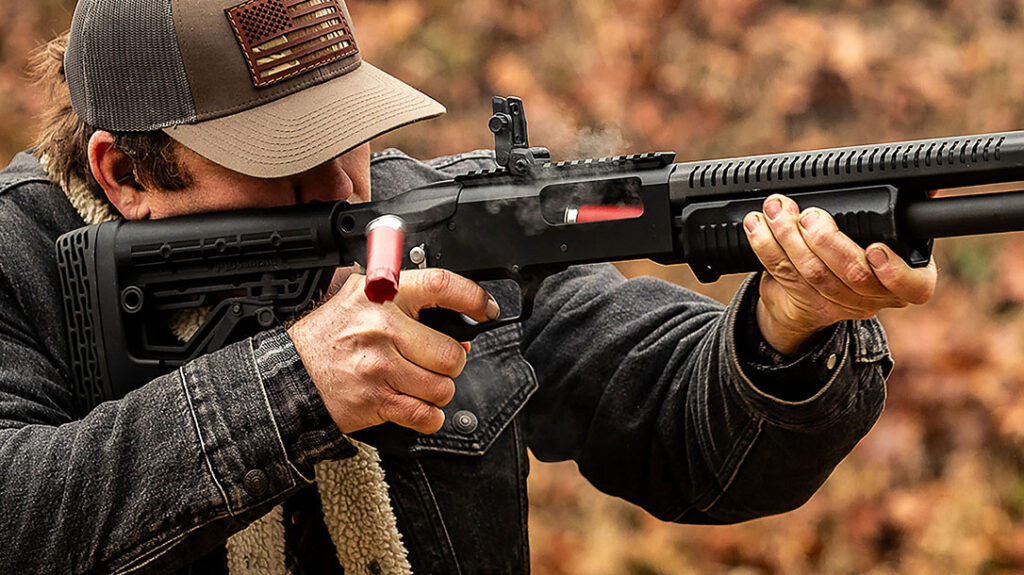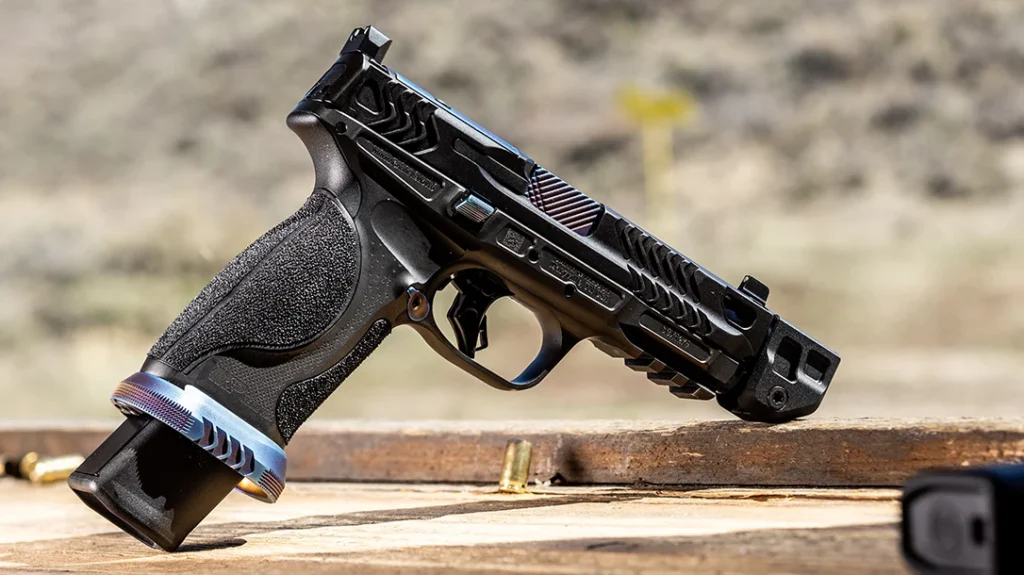I train with a group of fellow instructors, including my wife. When planning out classes for the year, we decided to add a class focused on the AK platform. We wanted more hands-on experiences with things other than 5.56mm AR-15s.
After shopping around, we chose IWI’s (Israel Weapon Industries) Galil / AK Mechanics Course. This two-day course included everything from the history of these firearms, their mechanical breakdown and how to clean them, to the fundamentals, movement and longer distance shooting with them.
Both the Israeli-designed Galil and the Kalashnikov are mechanically similar. Both platforms are also currently available chambered for 5.56 NATO, 7.62 NATO, 7.62X39 and 5.45X39. Keep in mind that Galil rifles chambered for 5.56 or 7.62 NATO have a non-AK magazine well and magazine release. On the other hand, Galils chambered in 7.62X39 and 5.45X39 retain the classic magazine well and release, just like a traditional AK.
Advertisement — Continue Reading Below
As a group, we all brought either first or second generation IWI Galil rifles to IWI’s Galil / AK Mechanics course. Personally, I was glad to take a class sponsored by a company that actually makes firearms. IWI’s courses and instructors tend to be well-structured, focused on safety and taught by experienced instructors.
Galil / AK Mechanics Course Instructors

IWI chief instructor Thomas Alibrando and his assistant instructor led our course. And this rendition of the Galil and AK Mechanics course was hosted at the legendary Alliance PD range in Alliance, Ohio. In all 12 students signed up. Because it took place at the Alliance PD range, we students had access to a climate-controlled classroom, permanent restrooms and multiple firing ranges including one with a 300 yard berm. Unfortunately, the only downside of this excellent location is that the complex is situated next to the town’s waste treatment plant. The smell was only occasionally noticeable–and worth the sacrifice for this awesome facility.
Advertisement — Continue Reading Below
Both Alibrando and the assistant instructors provided students with support and coaching. I sensed that they genuinely wanted to see their students do well. Throughout the class, Alibrando was very clear about explaining “the why” of his choices. He just simply asked that everyone try his way during the class for educational purposes.
I also appreciated Alibrando’s deep-dives on gear, what he likes, what he doesn’t and all the “why,” of course. Although I did not completely agree with every suggestion, I did make some gear adjustments based on his recommendations.
I can attest that the longer you have been shooting, training and instructing, the harder trying new ways can feel. It is best to swallow your ego, listen to an instructor’s explanations (the whys) and try out their techniques. Sure, some techniques may end up not being right for you, but you won’t really know until you try.
Advertisement — Continue Reading Below
Training Day One

The first day of the IWI Galil / AK Mechanics course started with the customary introductions and a safety brief. Alibrando then kicked off the class with a slide-show lecture that covered the history of the Kalashnikov as well as the development of the IWI Galil. After the lecture, the first order of business was to disassemble, reassemble and discuss the cleaning of our weapons.
Alibrando carefully demonstrated the differences between the Galil Gen1 and Gen2 rifles. He also delved into their nuances, such as the differences between different Galil rifles chambered for different cartridges. Finally, he compared and contrasted the IWI Galil against the AK itself. For example, it turns out that mounted optics do not need to be re-zeroed after every disassembly due to the Galil’s tight receiver fit.
Advertisement — Continue Reading Below
After the classroom portion, we moved over to a range and worked prone position and prone-shooting techniques. We zeroed our Galils at 25 and 50 yards, adjusting for the offset between the rifles’ sights and their bores. After zeroing, we continued to fine-tune our shooting as we worked from the 100-yard line and shot at steel targets. That was followed up by range time at the 200 and 300 yards berms. Students paired up and helped to spot each others’ shots. All it took was a little adjustment and guidance from the spotters for students to all get their hits. Ringing steel at 300 yards also served as a confidence builder for everyone. The 300 yard line was personally humbling after realizing that my eyes needed a magnified scope to see better.

Training Day One, The Second Half
We took a lunch break and then promptly returned back to work. We traded the 300 yard range back for a shorter-distance range where we worked primarily on the fundamentals of rifle shooting. IWI’s fundamental drills were focused on recoil management, trigger control, target presentation (from low ready, high ready, entry ready and port positions). Beyond these fundamental rifle manipulation drills, Alibrando began to weave-in situational awareness including scanning and assessing. The class wrapped up the first training day with a discussion of combining techniques, tactics, and gear to maximize efficiency. This discussion also covered utilizing personal workspace to do load, reload and carry out malfunction clearances. Once all the guns were cased and the brass picked up, we headed to a local steak house and unwound Alibrando and his AI over dinner.
Advertisement — Continue Reading Below
Training Day Two
On the second day of IWI’s Galil / AK Mechanics Course, students started the day by returning to the shorter range and started working reload drills: emergency reloads, tactical reloads (changing out a depleted but not empty magazine with a full one during a lull in fighting) and malfunction clearances.
After Alibrando guided us through reloads and malfunction clearances, we moved back to the longer range that was thankfully covered in grass instead of gravel to work on getting into and out of various kneeling positions (including high, low, sitting and a squat).
We carried out a “Blue Falcon” drill where you created a problem for your partner’s rifle. The goal of the “Blue Falcon” drill was for the student carrying out the drill to approach their gun on the start signal.
Advertisement — Continue Reading Below
With gun in hand, students were supposed to diagnose and solve whatever problem their rifle had, and then shoot the required number of hits. I tend to have a special sort of luck that always involves optics going bad, so my training partner–my wife–messed with my optic. Because I assumed we were only focusing on mechanical malfunctions, my optics issue got a good-natured bit of cursing out of me. Then there was the case of the other two members of our party. Both are Marines and naturally they went above and beyond on messing with each others’ rifles. In the end, the “Blue Falcon” drill was fantastic for simulating real-world problems, thinking through the solution and getting back into the fight.
Wrapping Up The IWI Galil / AK Mechanics Course
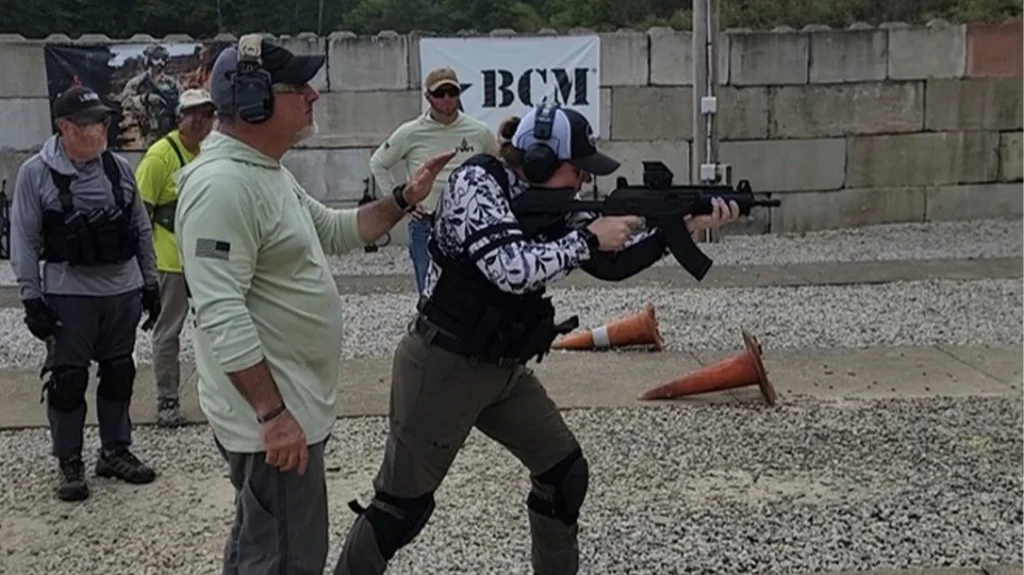
Towards the end of the second training day, students worked on shooting and incorporating movement. After going through those series of drills, the entire class got the chance to participate in the course’s climatic final shoot-off. This exercise incorporated all the material covered in the Galil and AK course. Once the class winner (a member of my training party) beat everyone else, Alibrando took the time to demo some wares from IWI. This included upcoming, yet-to-be-released IWI firearms. All of us also got to shoot a full-auto IWI Galil variant. Then we took our class photo, received our certificates and headed home.
Advertisement — Continue Reading Below
Wrapping It Up
Even though I am already familiar with AK and Galil style firearms, I still contend that there’s nothing like working with that weapons system in an organized class. Doing so gets you a better feel for real-world applications. Personally, the IWI Galil / AK Mechanics Course provided me with several fantastic takeaways and insights with regards to the Galil and my ancillary gear.
I’d recommend this course to anyone wanting to get a better feel for their Galil or AK rifle.
The ultimate litmus test of any class, however, is whether you would take more classes with the same company/instructor. In the case of Tom Alibrando and the IWI Academy, the answer is yes! My wife and I are planning to sign up for the Level II Rifle Course next year.
Advertisement — Continue Reading Below

